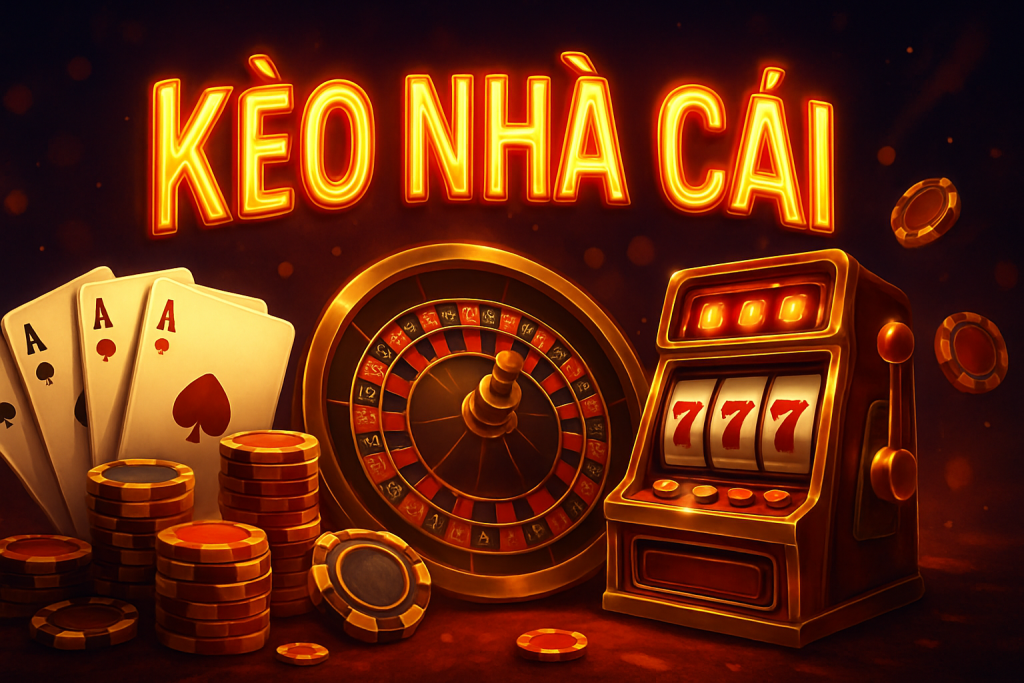
For both new and seasoned bettors, understanding tỷ lệ kèo nhà cái is essential to making educated and strategic decisions. These betting odds are not just random numbers—they’re mathematical representations of probability and risk designed by bookmakers. Mastering them allows players to evaluate risks, spot value bets, and optimize their long-term success.
When you look at a set of odds for a sporting event or a casino game, you’re seeing the reflection of many variables. Bookmakers consider past performances, player statistics, team dynamics, and even public sentiment. They use sophisticated algorithms to produce odds that not only predict outcomes but also ensure a profit margin for the house.
Take for instance a football match. If Team A is listed with odds of 1.50 and Team B has odds of 2.80, the bookmaker is signaling that Team A is more likely to win. However, that doesn’t mean Team A is a better bet. What matters is the value. If you believe Team B has a higher chance than the odds imply, betting on them might be more profitable in the long run.
Understanding the concept of value betting is crucial. It means identifying odds that are higher than what you believe the actual probability of an event is. This practice requires in-depth research and sometimes a contrarian mindset. If the crowd heavily bets on one side, the odds might shift in a way that opens up an opportunity on the other.
Casino games work similarly. Blackjack, for example, has odds that vary depending on the house rules and the number of decks used. Games like baccarat or roulette have fixed odds, but understanding which bets offer the lowest house edge can significantly impact your success. For instance, in European roulette, the house edge is 2.7%, while in American roulette, it jumps to 5.26% due to the extra zero.
Another strategy involves line shopping—comparing odds across different bookmakers to get the most favorable ones. Even a small difference in odds can lead to a noticeable change in profits over time, especially if you’re placing large or frequent bets.
Live betting has also changed the game significantly. Odds in live betting are dynamic, shifting as the match progresses. A player’s injury or a sudden goal can alter the entire betting landscape. Successful live bettors monitor games closely, look for signs of momentum shifts, and act quickly to capitalize on changing odds.
In terms of managing your funds, knowing the odds also helps with bankroll management. The higher the odds, the lower the probability of success—so wagers on high-odds bets should be smaller to reduce risk. Many professional gamblers follow the Kelly Criterion or flat-betting methods to protect their bankroll while maximizing returns.
It’s also worth noting that bookmakers adjust odds to balance the volume of bets they receive. If too many bets come in on one side, they may lower the odds to encourage betting on the opposite side and reduce their liability. This movement can be a signal for savvy bettors to identify opportunities or stay away.
Smart bettors also keep records of their betting history. Reviewing which types of bets are most successful helps refine future decisions. Did you perform better on underdogs or favorites? Were you more successful in live betting or pre-match wagers? These insights are valuable for long-term improvement.
In conclusion, understanding the mechanics behind betting odds gives you a critical edge. Instead of betting based on emotion or gut instinct, you begin to see each wager as a calculated risk. Whether you’re at a casino table or wagering on your favorite sport, reading and interpreting odds effectively turns gambling into a more strategic, skill-based pursuit.